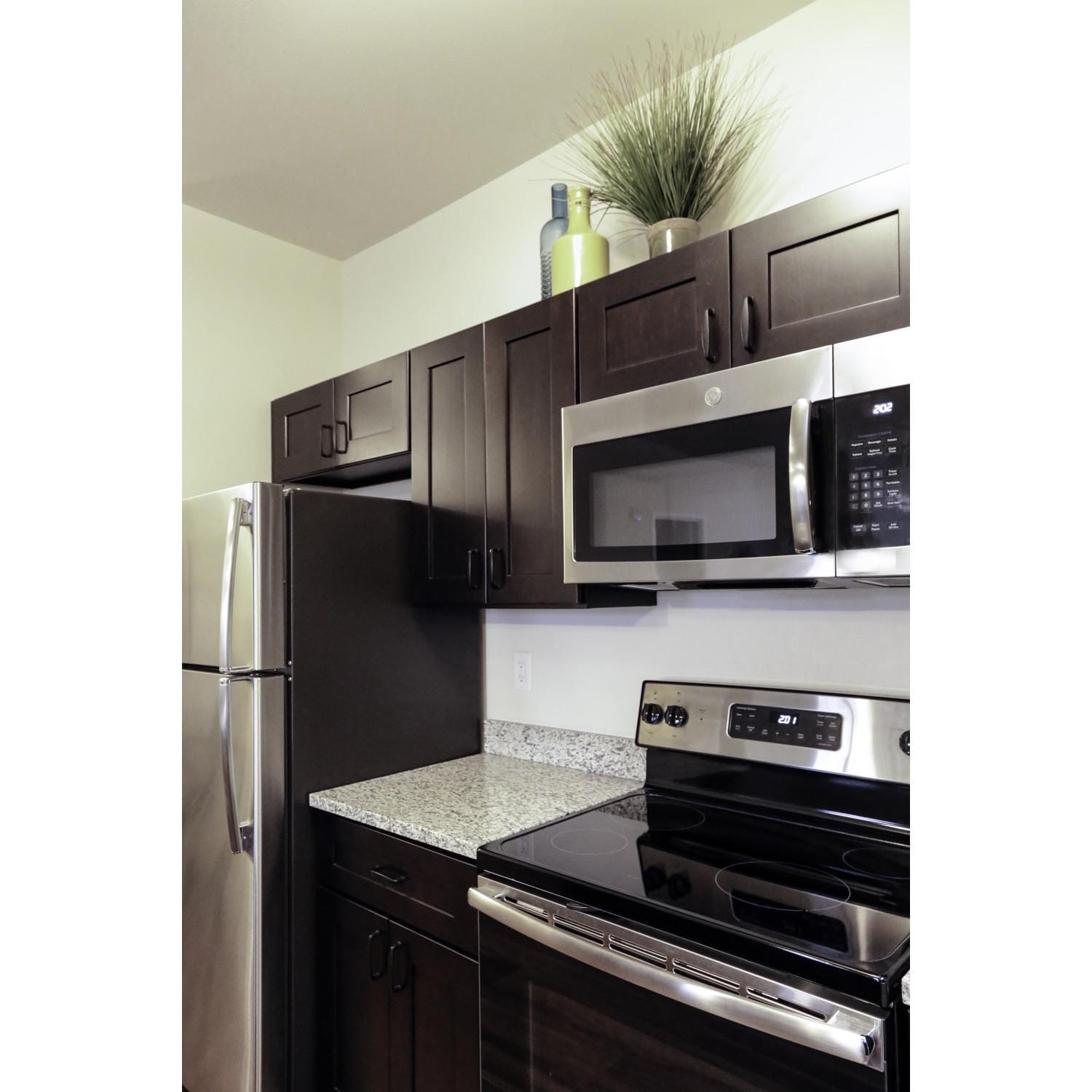Design House Brookings Cabinets


Design House Brookings cabinets offer a diverse range of kitchen and bathroom cabinetry solutions for homeowners seeking both style and functionality. The brand caters to various design preferences and budgets, providing a competitive alternative in the home improvement market.
Product Overview: Styles and Materials, Design house brookings cabinets
Design House Brookings cabinets boast a variety of styles, encompassing traditional, transitional, and contemporary designs. Traditional styles often feature raised panel doors, ornate details, and a classic color palette, while transitional styles blend traditional elements with modern lines and simpler details. Contemporary designs prioritize clean lines, sleek finishes, and minimalist aesthetics. Materials used in construction include solid wood, engineered wood (like particleboard or MDF), and various veneer options. The specific materials vary depending on the cabinet line and price point. Some lines feature high-quality hardwood construction, while others utilize more cost-effective engineered wood options with durable laminate or veneer finishes.
Durability and Longevity Compared to Competitors
The durability and longevity of Design House Brookings cabinets are comparable to many mid-range brands. While they may not match the high-end craftsmanship and materials of premium brands like custom-made cabinetry, they generally offer superior quality and construction compared to budget-friendly options. Their longevity is dependent on the specific line and proper installation and care. Factors influencing longevity include the quality of materials, construction techniques, and the finish applied. For instance, solid wood cabinets, if properly maintained, can last for decades, whereas cabinets made from lower-grade engineered wood may show wear and tear more quickly. A direct comparison against specific competitor brands requires a detailed analysis of individual product specifications and independent testing data which is beyond the scope of this overview.
Comparison of Design House Brookings Cabinet Lines
The following table compares three different Design House Brookings cabinet lines, highlighting key differences in price, features, and materials. Note that prices are estimates and can vary based on retailer and specific configuration.
| Cabinet Line | Price Range (per cabinet) | Door Style | Materials |
|---|---|---|---|
| Brookings Classic | $100 – $200 | Raised Panel, Shaker | Engineered Wood, Laminate Finish |
| Brookings Transitional | $200 – $350 | Slab, Shaker, Raised Panel | Engineered Wood, Veneer Finish |
| Brookings Modern | $350 – $500 | Slab, Flat Panel | Solid Wood (select options), Veneer Finish |
Design House Brookings Cabinets


Design House Brookings cabinets offer a blend of style and functionality, but their longevity and optimal performance depend heavily on proper installation and consistent maintenance. Understanding the installation process and implementing effective care strategies are crucial for maximizing the lifespan and aesthetic appeal of these cabinets.
Design House Brookings Cabinet Installation
Successful installation hinges on careful planning and precise execution. Begin by thoroughly reviewing the manufacturer’s instructions included with your cabinetry. These instructions provide detailed diagrams and specifications tailored to your specific cabinet model. Accurate measurements are paramount to avoid misalignments and ensure a seamless fit. Utilize a level throughout the installation process to maintain consistent horizontal and vertical alignment. Properly securing cabinets to wall studs is essential for stability and longevity, preventing sagging or instability over time. Finally, take your time, double-checking measurements and alignments at each stage to avoid costly mistakes.
Troubleshooting Common Installation Issues
Several common issues can arise during installation. Uneven walls frequently lead to misaligned cabinets. This can be mitigated by using shims to compensate for wall irregularities and ensure a level installation. Difficulty with cabinet alignment might indicate incorrect measurements or inadequate planning. Re-measuring and adjusting the installation plan can resolve this. Problems with door and drawer alignment often result from improper installation of hinges and slides. Carefully reviewing the manufacturer’s instructions for hinge and slide installation can rectify this. If issues persist despite these efforts, consulting a professional cabinet installer is advisable.
Maintaining and Cleaning Design House Brookings Cabinets
Regular cleaning and maintenance are key to preserving the beauty and functionality of Design House Brookings cabinets. Avoid harsh chemicals and abrasive cleaners, opting instead for mild soap and water. A soft cloth or sponge should be used to gently wipe down the cabinet surfaces, paying attention to removing any spills or debris promptly. For stubborn stains, a paste of baking soda and water can be effective. Periodically inspect hinges, handles, and drawer slides for wear and tear, tightening or replacing components as needed. Protecting the cabinets from excessive moisture and humidity is crucial to prevent warping or damage. Avoid placing hot items directly on the cabinet surfaces.
Infographic: Design House Brookings Cabinet Care
The infographic would feature a central image of a beautifully maintained set of Design House Brookings cabinets. Surrounding this image would be several distinct sections, each focusing on a specific aspect of cabinet care. One section would depict the proper cleaning method, illustrating the use of a soft cloth and mild soap. Another section would showcase the correct way to handle spills, emphasizing prompt cleaning to prevent staining. A third section would illustrate the importance of regular hinge and slide inspection and maintenance. Finally, a section would visually represent the dangers of excessive moisture and heat, showing examples of damage that could result from these factors. The infographic’s color scheme would be clean and inviting, using a combination of light blues and greens to represent cleanliness and freshness. The text would be clear, concise, and easy to read, using bullet points and icons to reinforce key messages. The overall design would be visually appealing and informative, making it easy for homeowners to understand and implement proper cabinet care techniques.
